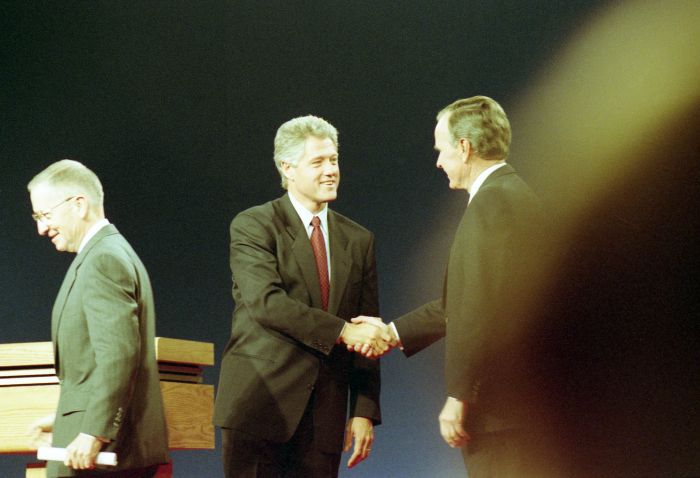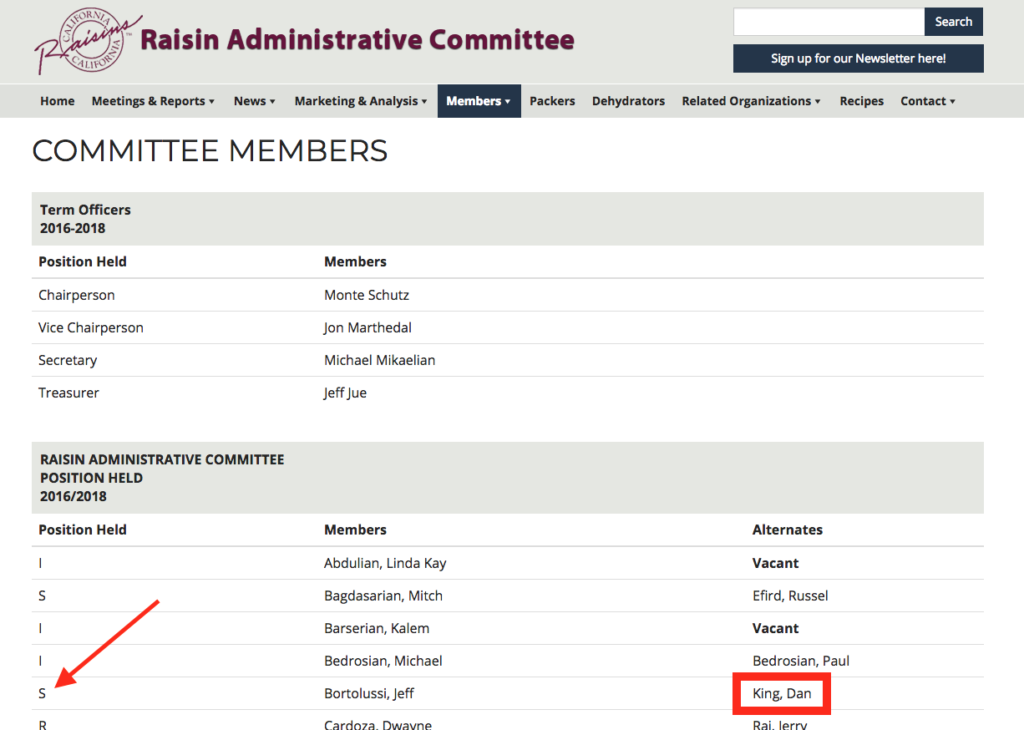As I mention in The Strategist’s Guide to Buying a Diamond Engagement Ring, if you’re trying to maximize value for your budget, you should strongly consider buying your diamond from an online retailer. I make the case for this tactic in this article. Also, be sure to read How to Evaluate a Diamond Engagement Ring.
Brick and Mortar Jewelers
Let’s start with a quick look at the brick and mortar retailers.
Buying diamonds at a brick and mortar jeweler is like buying bottled water at the airport – it’s never a good deal. You will – objectively – overpay for any diamond you buy from your local jeweler.
When you buy a diamond from a brick and mortar store, you are paying not only for their huge markup, but for the store’s sophisticated lighting systems, their rent, their security, the cost of holding inventory, insurance for all of the diamonds and jewelry, the salaries of managers and salespeople, and the profits that are returned to the owners and shareholders.
While this cost structure exists for basically every jeweler, there are high-end jewelers and low-end jewelers. The low end guys – any chain you’d find in a mall except Tiffany & Co – have the worst incentives. Generally, they buy the worst diamonds and try to fool you into buying them at an insane markup. I don’t even recommend visiting low-end stores because you won’t even get a good education from their sales reps.
So I strongly recommend going to the highest end store in your area to take a look around. While high-end retailers also have enormous markups, at least they buy decent diamonds, will treat you well, and help educate you. You also won’t find as much of the sleazy sales techniques at higher end jewelers since they’re mostly dealing with a less price-sensitive customer who wants gorgeous jewelry and will basically sell themselves on the jewelry. They literally serve a different market, not just a different price point.
If your area doesn’t have any high-end jewelers, go to the nearest Tiffany & Co. where you’ll get a pleasant and consistent experience. But if you’re looking for value, do not buy from them! Tiffany diamond engagement rings are 2 to 3 times more expensive than buying online and Tiffany doesn’t use a third party to certify their diamonds.
Why Buying Online is Better
Online retailers simply don’t have most of the costs that brick and mortar jewelers do. Their business model allows for them to pass most of those savings on to you while still being able to run a healthy and self-sustaining business.
Online retailers list diamonds that other manufactures or wholesalers have rather than buying and holding their own diamonds. A good online retailer holds no inventory and may never even touch a diamond they help sell. Their job is to be a trusted marketplace like Amazon or EBay.
Online retailers don’t have to rent expensive commercial real estate in malls and shopping centers, or hire fleets of educated sales people to convince you why their diamonds are somehow different from the diamonds across the street. Online retailers also don’t have to pay the expensive advertising rates for billboard, newspaper, magazine, direct mail, and television ads.
If buying a diamond online sounds risky, you need to do more research. The two most reputable online retailers – James Allen and Blue Nile – have better return, resizing, and upgrade policies than most brick and mortar retailers. And aside from the huge price differentials, online retailers also have much better selection.
Until the diamond cartel is broken up, you’re going to overpay for your diamond. But you don’t have to overpay twice.
After I bought my diamond and ring online, I stumbled upon this regretful article from a guy who almost bought a ring online and then, in his words, “chickened out.” If you’re on the fence about buying online, I recommend reading his story.
Knowing I could simply return the ring if I didn’t like it made my final decision much easier. And if I ever need to buy a diamond again, I won’t even consider a brick and mortar retailer.
Final Considerations for Buying Online
There came a point when I was confident that the diamond I was about to buy online was going to be fantastic. But I still had questions for James Allen – the online retailer I selected.
Q: Could I save some time, hassle, and money by buying the ring online too and have James Allen do the setting? Would they do a nice job?
A: Yes. At this point in the process I could feel myself becoming exhausted from the process of doing so much research and making so many decisions. So I took a break for a bit and then dug back in for one last round of research. People love their rings set by James Allen and I love how well mine was done too. I looked at the diamond ring I bought under 60x magnification and I was much more impressed by the quality and symmetry of the setting than I had expected to be.
Q: Was the shipping secure? Did I need to be there to sign for the ring?
A: Yes, shipping is secure and insured. Someone must sign for the ring and a note cannot substitute for a signature.
Q: Was the box discrete?
A: Yes, very. It doesn’t say James Allen or anything about rings anywhere.
The presentation of the ring (and associated paperwork) was classy and high quality. I’m very pleased with everything about the experience.
James Allen also has a 30-day, no-questions-asked return policy and a 60-day resizing policy. They also perform free inspections and cleanings, every 6 months – all you have to do is pay for insured shipping ($30) and they ship the ring back to you for free.
My biggest complaint about James Allen had to do with how you select the ring size. I knew that I needed a 4.75 size ring but the web interface only had options in half size increments. It wasn’t clear that they could make the ring a 4.75 and it wasn’t obvious where to even make this request. (As of late 2017 the answer is put notes like this in the “Special Instructions” box during the checkout process.)
The silver lining of this minor annoyance was that I had an opportunity to test out some of their customer support. I got a clear answer immediately and the person helping me didn’t try to nudge me at all to make a purchase. I tested their customer service a second time to better understand the process of getting a ring cleaned.
Finally, it’s worth mentioning here that I did research the other reputable online diamond retailer, Blue Nile. From my experience, their loose diamonds are very similar and you can find high-value diamonds on either site. I didn’t, however, like Blue Nile’s packaging and presentation and I was able to get a much better look at diamonds on the James Allen site. James Allen had 20x magnification for every diamond I looked at while some Blue Nile diamonds didn’t have images at all. Blue Nile is the only other online retailer aside from James Allen that the pros like, but it just wasn’t the right choice for me.
Be sure to check out:

